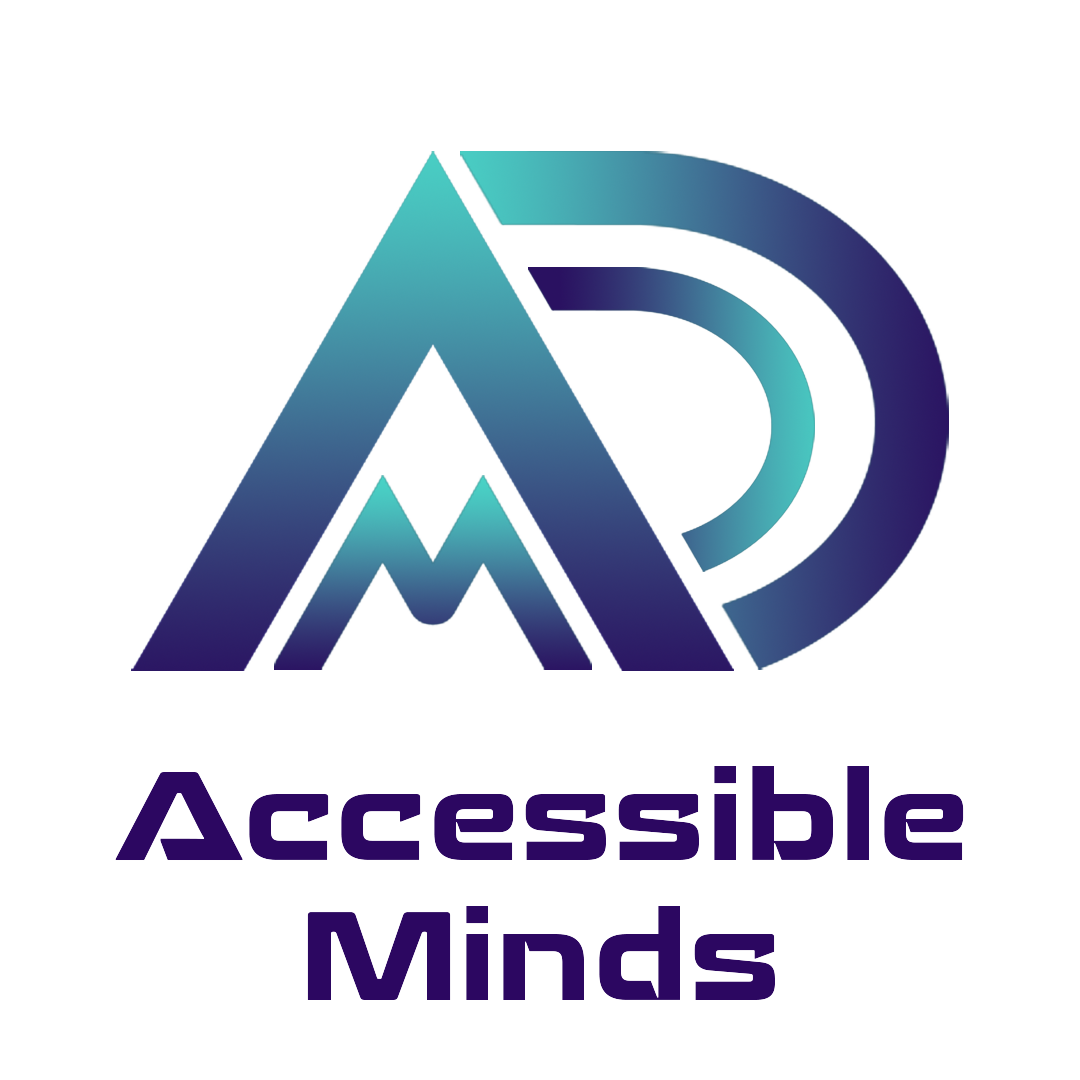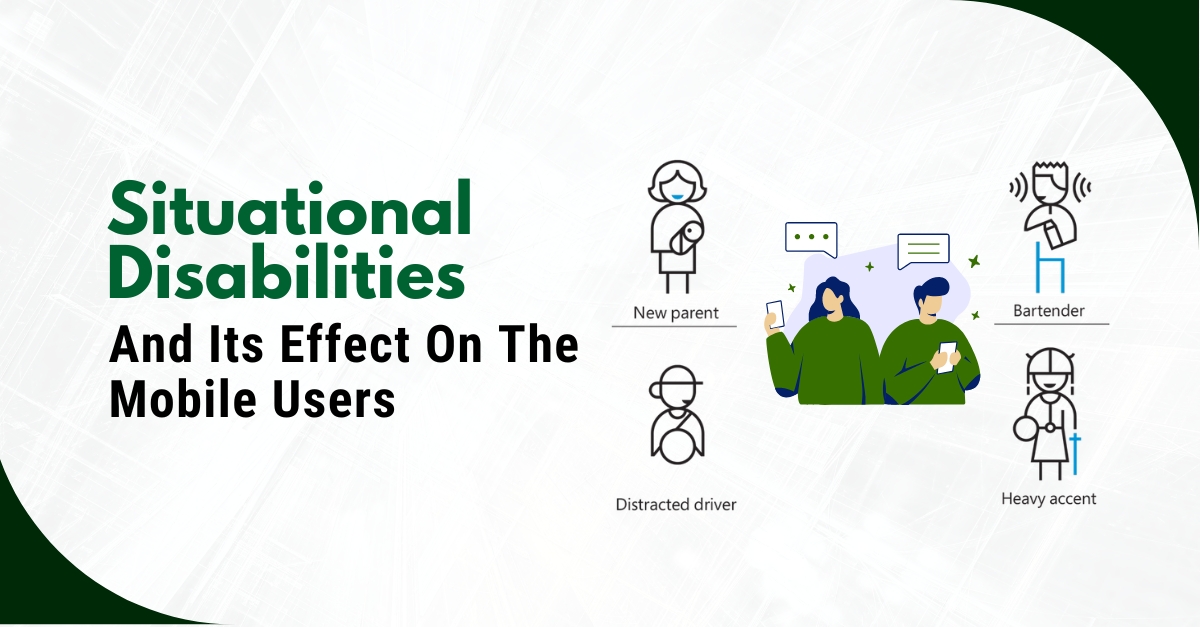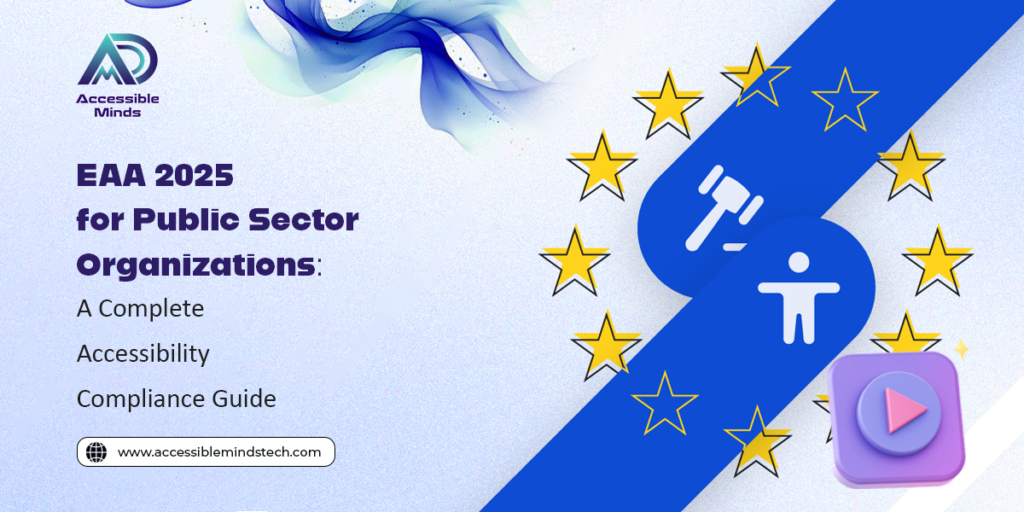Section 508 of the Rehabilitation Act of 1973 sets forth accessibility standards governing the development, procurement, maintenance, and use of information and communication technology (ICT). Its primary objective is to ensure that U.S. federal agencies make their websites, web-delivered documents, and other electronic communications accessible for individuals with disabilities.
If you’re affiliated with a federal agency or contracted by one, compliance with Section 508 is mandatory. Below, we’ll address common inquiries about these standards and offer guidance for testing your content.
What are the requirements of Section 508 for websites?
The Section 508 standards closely mirror the Level A/AA standards outlined in the Web Content Accessibility Guidelines (WCAG) version 2.0. Developed by the World Wide Web Consortium (W3C), WCAG serves as the global benchmark for online accessibility and underpins numerous international digital accessibility testing services.
It’s essential to recognize that Section 508 was enacted into law in January 2018, while WCAG has undergone several updates since then. To ensure optimal user experiences and adherence to other anti-discrimination statutes, it’s advisable to adhere to the latest iteration of WCAG. Presently, that standard is WCAG 2.2.
What accessibility barriers does Section 508 address?
Digital accessibility aims to enhance online experiences for all users, not just individuals who are blind or deaf. Therefore, WCAG provides clear guidance on various accessibility challenges:
- Low-contrast text: This can pose difficulties for users with color vision deficiencies or other vision impairments, making text hard to read.
- Missing alternative text: Visual content without alternative text is less useful for individuals who rely on screen readers to access content.
- Keyboard accessibility issues: Some users navigate the web solely using a keyboard, without a mouse. Ensuring keyboard accessibility is crucial for these individuals.
- Failure to specify the language of an HTML page: Failing to indicate the language of content can hinder screen readers from presenting it accurately.
WCAG 2.0 includes 61 success criteria, which are pass-or-fail statements used to assess content for accessibility. The majority of these criteria are mirrored in the Revised Section 508 standards.
Does Section 508 extend to PDFs and web-delivered documents?
Absolutely! Section 508 unequivocally applies to PDFs, Excel spreadsheets, PowerPoint presentations, and all other web-delivered documents. Regrettably, the majority of government agencies neglect to ensure accessibility for users with disabilities when it comes to their PDFs. According to a 2023 analysis conducted by the Department of Justice, only 20% of government agency PDFs fully comply with Section 508 standards.
What distinguishes Section 508 compliance from ADA compliance?
Both the Rehabilitation Act and the Americans with Disabilities Act (ADA) are aimed at preventing discrimination against individuals with disabilities. Title II of the ADA pertains to government entities, while Title III applies to establishments considered “places of public accommodation,” including most private businesses. Despite both laws mandating digital accessibility, there are several key distinctions between the ADA and the Rehabilitation Act:
- ADA does not explicitly mandate accessible websites, mobile apps, or other Information and Communication Technology (ICT). Nevertheless, according to the Justice Department and numerous court rulings, the ADA is applicable online.
- ADA presently lacks specific technical standards for websites or other ICT (although this may change in the future). In contrast, Section 508 establishes precise accessibility standards.
- The scope of the Rehabilitation Act is limited—it applies solely to agencies and their contractors that receive federal funding. Conversely, the ADA extends to almost every organization across the United States.
- The U.S. government has established a standardized testing procedure for assessing 508 compliance, known as the Trusted Tester Program.
Adhering to the Web Content Accessibility Guidelines (WCAG) can enhance compliance with both the Rehabilitation Act and the ADA.
WCAG vs. Section 508
WCAG (Web Content Accessibility Guidelines) and Section 508 serve as key frameworks for ensuring digital accessibility, albeit with distinct scopes and applications.
WCAG:
- WCAG stands as an internationally recognized set of guidelines established by the World Wide Web Consortium (W3C). It encompasses all forms of web content, including websites, web applications, and mobile applications.
- While WCAG isn’t legally binding, it serves as a widely accepted standard for web accessibility, guiding developers and content creators in achieving digital accessibility testing services best practices.
- Structured around four principles—perceivable, operable, understandable, and robust—WCAG offers detailed guidelines and success criteria for addressing diverse accessibility issues.
- WCAG has evolved to meet technological advancements and changing accessibility needs, with the latest iteration, WCAG 2.1, introduced in 2018 to address mobile accessibility, low vision, and cognitive disabilities.
Section 508:
- Section 508, an amendment to the Rehabilitation Act of 1973, imposes legal requirements on federal agencies and organizations receiving federal funding to ensure accessibility of their electronic and information technology.
- Unlike WCAG, Section 508 mandates specific technical standards for various aspects of digital technology, including web-based information and applications, software, and telecommunications products.
- This legal requirement, last updated in 2017 to align with WCAG 2.0 Level AA, ensures that federal entities adhere to the same digital accessibility testing services standards outlined in WCAG 2.0.
- While WCAG provides comprehensive international guidelines for web accessibility, Section 508 focuses on legal requirements specific to federal agencies and organizations receiving federal funding, ensuring alignment with WCAG standards to achieve digital accessibility.
Does Section 508 apply to private businesses?
Section 508 does not have direct applicability to private businesses. However, it may have an impact on contractors engaged with federal agencies.
For instance, if your business aims to provide software solutions to government entities, you might be required to furnish a VPAT (Voluntary Product Accessibility Template). This document offers a detailed assessment of a product’s compliance with Section 508 of the Rehabilitation Act. To delve deeper into this topic, explore our article on “What Is a VPAT and How Is It Used?”
If your business doesn’t engage with government agencies, the significance of Section 508 diminishes. Nonetheless, you still must adhere to the ADA (Americans with Disabilities Act). Given that the Justice Department has recognized WCAG as a reasonable standard for ADA compliance, you’re expected to uphold similar standards when creating your content.
Are there exceptions to Section 508 compliance?
Yes, but they’re exceedingly limited. The most common exemption is the “Safe Harbor” provision, which pertains to legacy Information and Communication Technology (ICT) that was either deployed, altered, or procured within the government before January 18, 2018.
However, it’s important to note that the Safe Harbor exemption applies only if the legacy ICT remains unchanged since 2018. Put differently, if you’ve made any substantial modifications to your software post that date, it must align with the revised Section 508 standards.







